Tag: anaesthesia
-
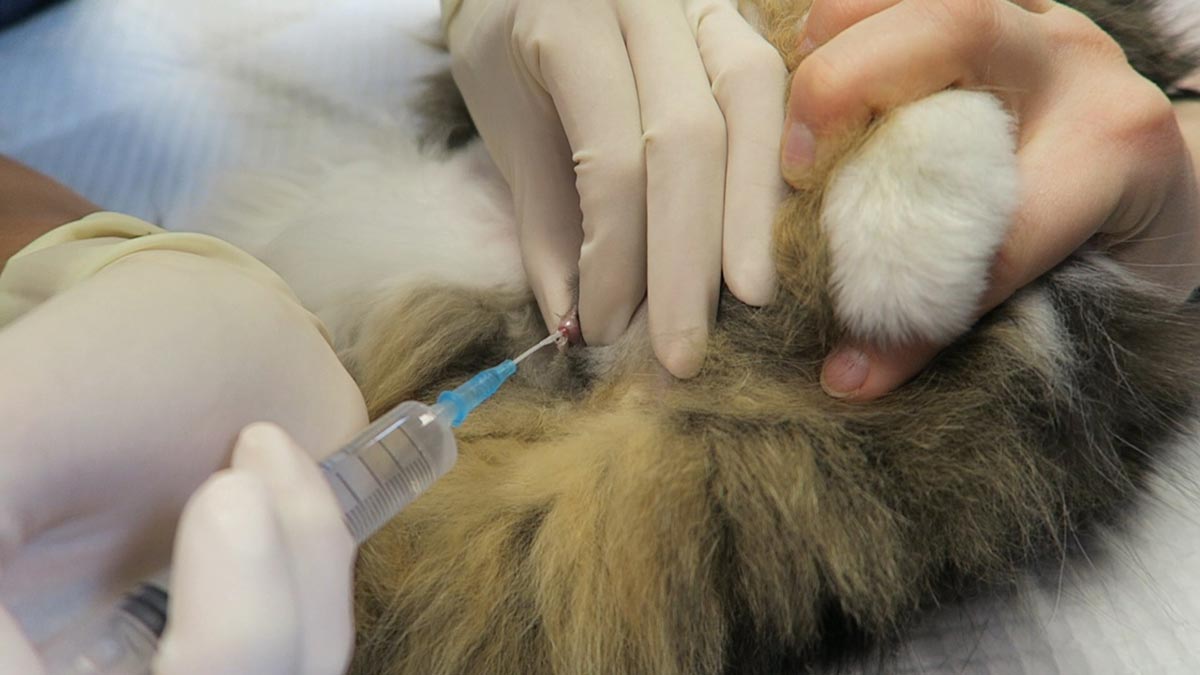
Temporary catheters in obstructed FLUTDs: buying time with a blocked cat
—
by
Obstructive feline lower urinary tract disease (FLUTD) is a common presentation in both general practice and emergency settings. Every clinician has his or her own approach to treating and managing a cat with obstructive FLUTD signs. Working in an emergency setting, once I have confirmed an obstructed bladder via palpation, I focus on trying to…
-
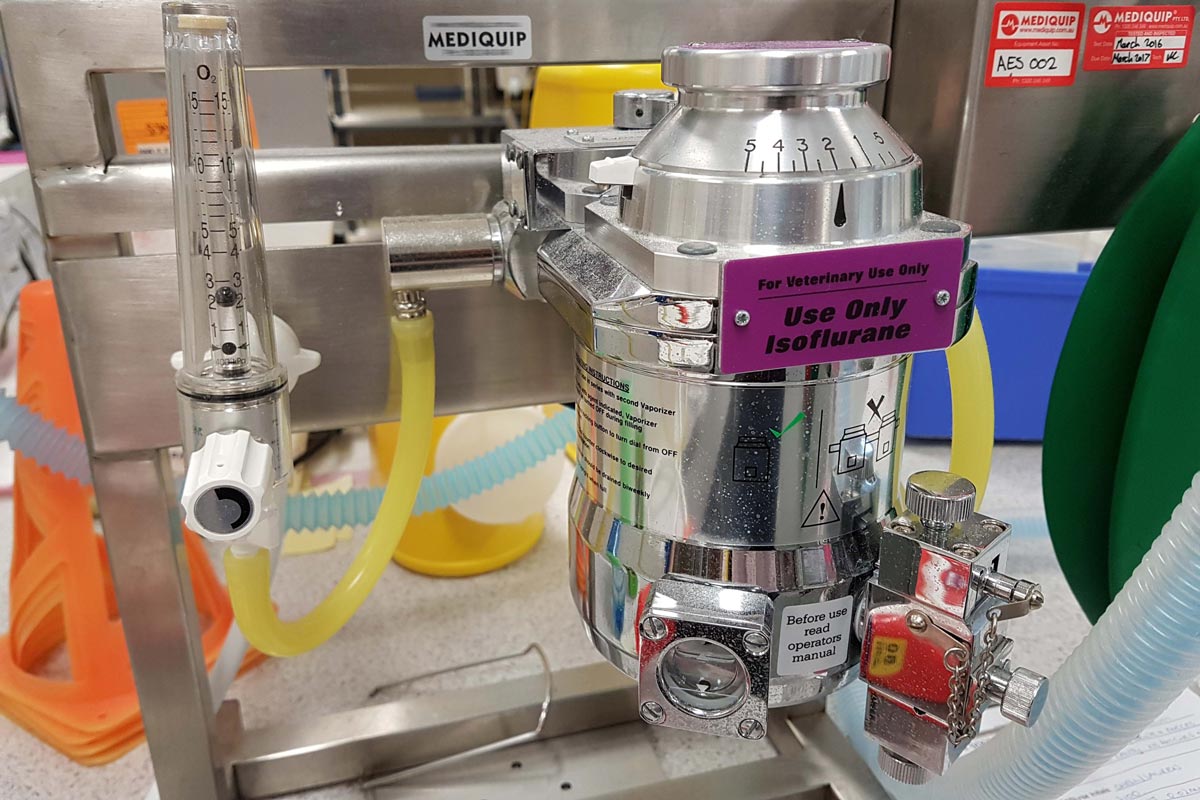
Isoflurane and oxygen: the dangers of 2 and 2
—
by
It is a common practice to place all patients on 2% isoflurane and 2l/min oxygen flow rate, but blanket isoflurane saturations and oxygen flow rates can be dangerous. Without a doubt, the majority of patients seem to do just fine at these levels; but every patient is different, and simply placing all patients on 2%…
-
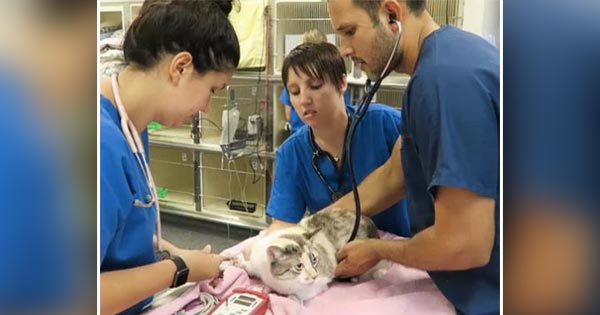
Anaesthetic risks: when complacency sets in
—
by
Adverse events during anaesthesia in otherwise young and healthy patients is a rare occurrence. However, with low incidence of adverse events could come an increased risk of complacency on the part of the veterinary team. Take the following case as an example: “Clicky” is a young and healthy cat that underwent a routine dental prophylaxis…
-

Linear foreign bodies, part 3: should YOU take it to surgery?
—
by
In the previous post we covered what to look out for on ultrasound when assessing for a linear foreign body. Now we discuss the things you should consider before deciding to take the patient to surgery. Read the following statements and answer the questions – either yes or no… Linear foreign body surgeries can be…
-

What’s in a name? The story of Edward and Albert
—
by
As part of considering our professional identities as vets and vet nurses, I’m often struck with the notion that diagnosing and giving a name to something is a very important part of the patient journey. Reading back through the archives and being able to match descriptions of symptoms that are well-known diseases today is fascinating.…
-

The other side of the consult table, part 1
—
by
There comes a time when even doctors and nurses have to make a visit to their local GP (perhaps somewhat begrudgingly), and I wonder if that evokes a similar feeling to when veterinary professionals take their own pets into an appointment? My own cat is going in to get her teeth cleaned in a matter…
-

Sustainable veterinary
—
by
Having recently attended a talk from Davies Veterinary Specialists regarding its environmental initiatives, I felt that both I personally, and many veterinary practices out there, could be doing a lot more to be “greener”. In a recent BVA Voice of the Veterinary Profession survey, it was found 89% of members think vets should play a…
-
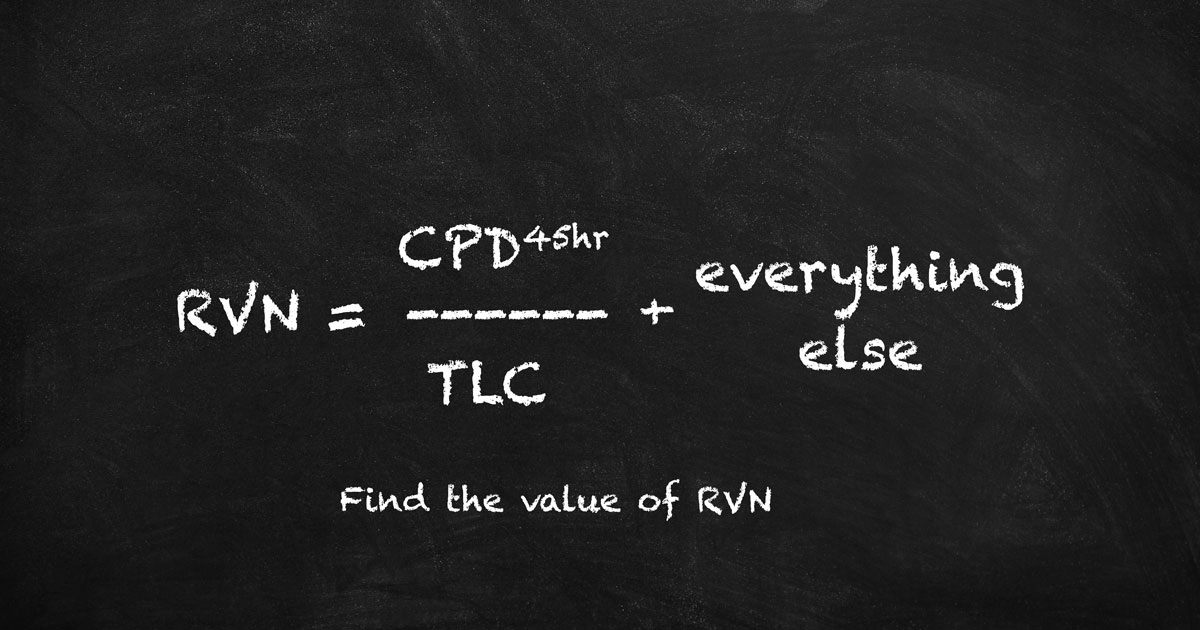
The value of a nurse: putting a number on it
—
by
I’ve lost count of the number of times I’ve heard anecdotally about the value of vet nurses to the vet team. This is always nice to hear; whether it’s about me or vet nurses as a whole, it’s heart-warming to hear – but does that pay the bills? For some reason, while we are getting…
-

From the other side of the fence: how to help students make the most of EMS
—
by
Not long ago I was shadowing vets on placement, but now I’m on the other side of the fence – the one being shadowed. As a student, I found EMS placements variable – some were great, and some… not so much. This often depended on the individual vet, some of whom would be naturally better…
-
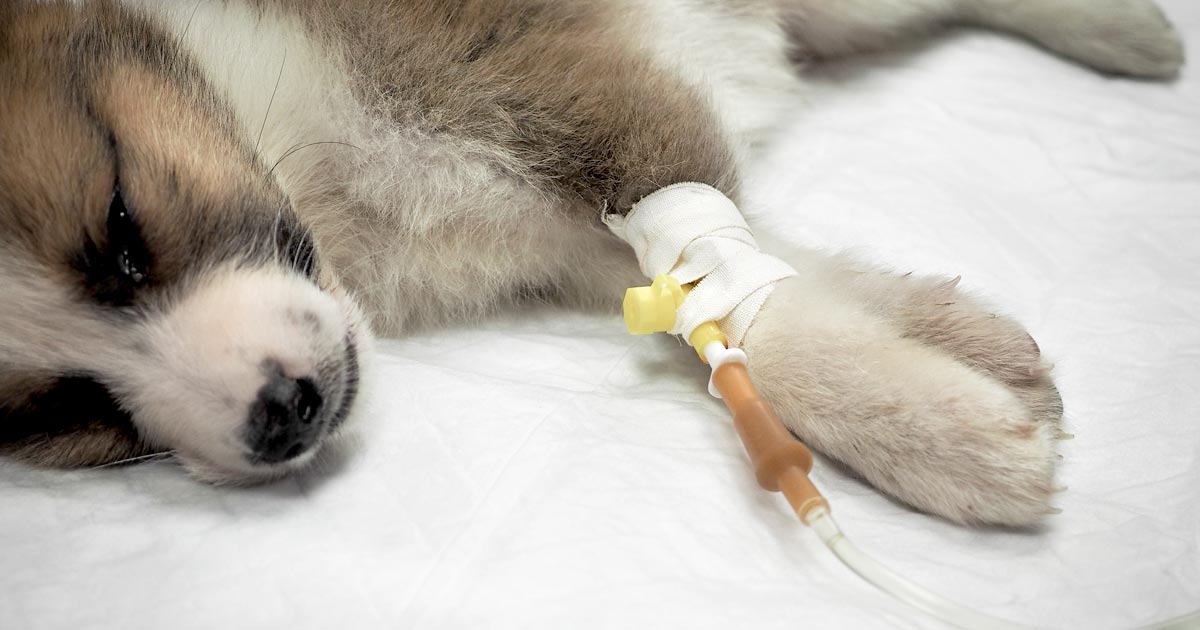
IV as a sign of competence?
—
by
There’s a trend in our industry that has been apparent to me since the early days of my training and I’m wondering if this attitude is prevalent elsewhere. I see, time and again, the placement of an IV being used as a marker of general nursing skill level and competence. Yet, it‘s common for vet…